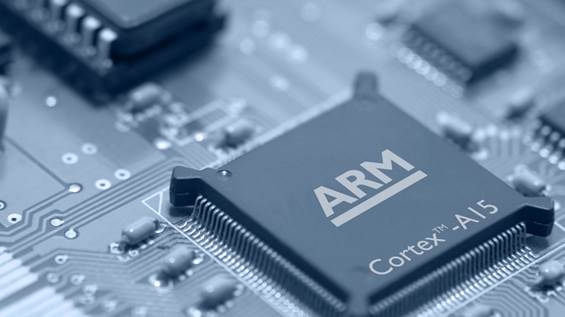The SnapDragons of 2014
In the last
quarter of 2013, we saw a flurry of devices (e.g. LG G2, Samsung Galaxy Note 3,
Sony Xperia Z1) carrying the 8974-AA version of the Snapdragon 800 that has a
quad-core Krait 400 running at up to 2.26GHz, and we see this to continue for
at least the first half of 2014. Case in point: Samsung’s new Galaxy NotePro
and Galaxy TabPro tablets announced at CES this January are also using this
part. And why not? CPU and GPU performance-wise, the 8974-AA and the Apple A7
are for the most part an even match. New devices running faster versions of the
Snapdragon 800 like the top-of-the-line 8974-AC that has a Krait 400 running at
a top speed of 2.46GHz and an Adreno 330 running at least 578MHz should also be
in many phone makers’ pipeline. As of this writing, the only peculiarity is
that so far, most of the phones announced with the faster bins are from China
phone makers (e.g. Gionee Elife E7L, Xiaomi Mi3, ZTE Grand S II).

New
devices running faster versions of the Snapdragon 800
Unlike the
Apple ‘A8’ though, there’s no need for us to speculate what’s coming after the
Snapdragon 800. In November last year, the company has already announced its
successor, the Snapdragon 805, which comes with an improved CPU, GPU, and
memory interface. For CPU, we now have four Krait 450 cores capable of up to
2.5GHz, which stands it in good stead when stacked against ARM Cortex-A15-based
chips from NVIDIA and Samsung.

ARM
Cortex-A15-based chips from NVIDIA and Samsung
What’s more
impressive is the brand new Adreno 420 GPU, which supports hardware
tessellation and geometry shaders. It’s also OpenGL ES 3.0, OpenCL 1.2 Full Profile,
and DirectX 11 compliant. Clock for clock, the Adreno 420 is said to be 40%
faster than the Adreno 330. Along with other goodies like support for memory
over 4GB, hardware support for HEVC (H.265) decoding, the ability to drive a 4K
mobile display, as well as output native and upscaled 4K UHD content to an
HDTV, and the new Gobi MDM9x35 modem that boosts LTE download speeds to 300Mbps
(also known as LTE Category 6), the Snapdragon 805 is shaping up to be yet
another winner for Qualcomm, and we should see the first devices sporting it
hitting the market by this half as well.

The
64-bit SoC
But what
about 64-bit? At the moment, the ARM Cortex-A53-based Snapdragon 410 is
Qualcomm’s only 64-bit SoC, but it’s aimed at the mainstream market. The
Snapdragon 805 is still a 32-bit chip manufactured using TSMC’s 28nm HPM
process, and is based on the ARMv7-a instruction set. Clearly, with no 64-bit
Android on the horizon, there’s no urgency to go 64-bit yet. But a high-end,
64-bit Snapdragon SoC is inevitable, and if we were to hazard a guess, it would
be announced before the year ends, when Qualcomm shifts to TSMC’s 20nm process.
Rumors have pegged this Snapdragon ‘810’ chip to have a new octa-core 2.5GHz
Krait CPU, and an Adreno ‘430’ GPU that goes head on with NVIDIA’s 64-bit
version of the Tegra K1 (more on that later).